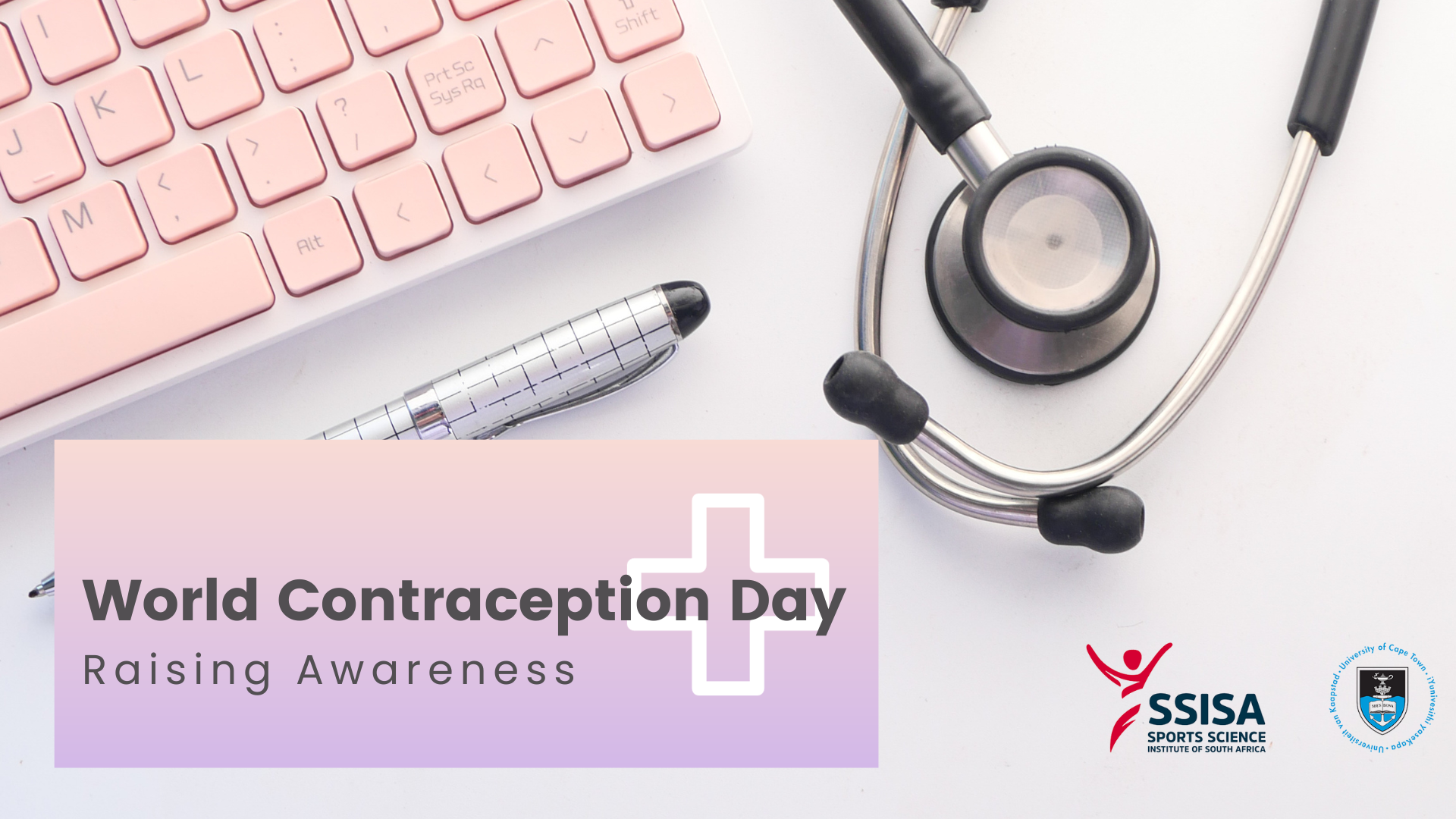World Contraception Day

Before we get into the various types of available contraception, it’s important for us to point out why we are writing a blog to help raise awareness on the topic. In South Africa between 2015 – 2019, 65% percent of pregnancies were unplanned, with thirty six percent of those pregnancies ending in abortion (1). What’s more concerning that the high rates of unplanned pregnancies, is the age of girls falling pregnant. In SA we are seeing children who have not even entered their teen ages falling pregnant (1). It’s very important that we educate the young boys and girls, men, and women on how to use contraceptives and what is available to them.
In South Africa, there are various contraception options which are available to help individuals prevent unintended pregnancies. In this blog post, we discuss the efficacy of various contraception options, potential side effects and guidance on consultations with medical professionals. Note that the efficacy and side effects of these methods may vary from person to person and it’s important to know this when deciding which is best for you and your partner:
- The first option is for both men and women: the male or female condom (2). These create a physical barrier method between the penis and the vagina, preventing sperm from reaching the egg. When used consistently and correctly, female, and male condoms are between 95 - 98% effective at preventing pregnancy. Some people may be allergic to latex condoms, which can cause skin irritation, but luckily non-latex options are available. Some women report discomfort or difficulty with insertion, but like most things, practice makes perfect, and they are generally well-tolerated.
- The second option is birth control pills, which contain hormones (usually a combination of oestrogen and progestin) that prevent ovulation and thicken cervical mucus, making it difficult for sperm to reach the egg. Hormonal contraception has been used for more than 40 years, as is regarded as one of the most successful methods for preventing pregnancy (3). When taken as prescribed, birth control pills are approximately 91% effective at preventing pregnancy. Side effects can vary amongst women, and may include nausea, breast tenderness, mood changes, and irregular bleeding. It's essential to consult a healthcare provider for the right prescription.
- Next there are injectable contraceptives, which contain progestin and prevents ovulation. When administered correctly, through a series of regular injections (3), the injections are about 94-99% effective at preventing pregnancy, depending on adherence to the schedule. This option is immediately effective within 5 days, so backup contraction is advised during this stage. Side effects may include irregular menstrual bleeding, weight gain, and mood changes (3).
- Intrauterine Devices are another option. Otherwise known as IUDs, they are small, T-shaped devices inserted into the uterus. They can be hormonal (releasing progestin) or non-hormonal (copper), and they prevent pregnancy by interfering with sperm motility and fertilization. It’s reported that both the hormonal IUDs and copper IUDs are over 99% effective, with their effectiveness lasting up to five years (3). Common side effects include irregular bleeding, cramping, and changes in menstrual patterns. Although uterine perforation may be a concern for some, chances of this happening are very low, and IUD are considered to be safe and effective (2,3). Be open with your doctor or physician about this option.
- Additionally, there are implants (also known as Implanon/Nexplanon), which are an excellent method of birth control (3). These are small rods inserted under the skin (usually in the arm) that release progestin hormones to prevent ovulation and are considered highly effective. Efficacy for implants is similar to IUD’s, and last up to five years (3). Possible side effects include irregular bleeding, headaches, and changes in mood. It is always best to consult a medical professional on this option as well.
The final option that can be considered in South Africa is emergency contraception, such as The Morning-After Pill. Emergency contraception is a high-dose hormonal pill or copper IUD used after unprotected sex to prevent pregnancy. Effectiveness varies depending on the type used and how soon it's taken but can reduce the risk of pregnancy significantly. The hormonal pills are the most easily available, as they do not require insertion from a health care provider. This option is only effective if taken within 72 hours of sexual intercourse and is ineffective after this (4). Side effects can include nausea, vomiting, and irregular bleeding and subsequent irregular periods. Hormonal methods of emergency contraception are considered safe, but repeated or regular use is not advised (2,4).
It's very important to discuss with your doctor or nurse at your closest clinic which contraception method is best suited to your individual needs, as the effectiveness and side effects can vary from person to person. Additionally, some methods require a prescription or a healthcare provider's intervention for insertion or administration, whilst other can be managed alone.
References:
- UNFPA. Neglected crisis of unintended pregnancies has lifelong impact, costs health systems billions.
- Marie Stopes South Africa. Contraceptives for Women.
- Blumenthal PD, Edelman A, Blumenthal P. Clinical Expert Series Hormonal Contraception [Internet]. 2008. Available from: www.greenjournal.org
- Li HWR, Lo SST, Ho PC. Emergency contraception. Best Pract Res Clin Obstet Gynaecol. 2014;28(6):835–44.

